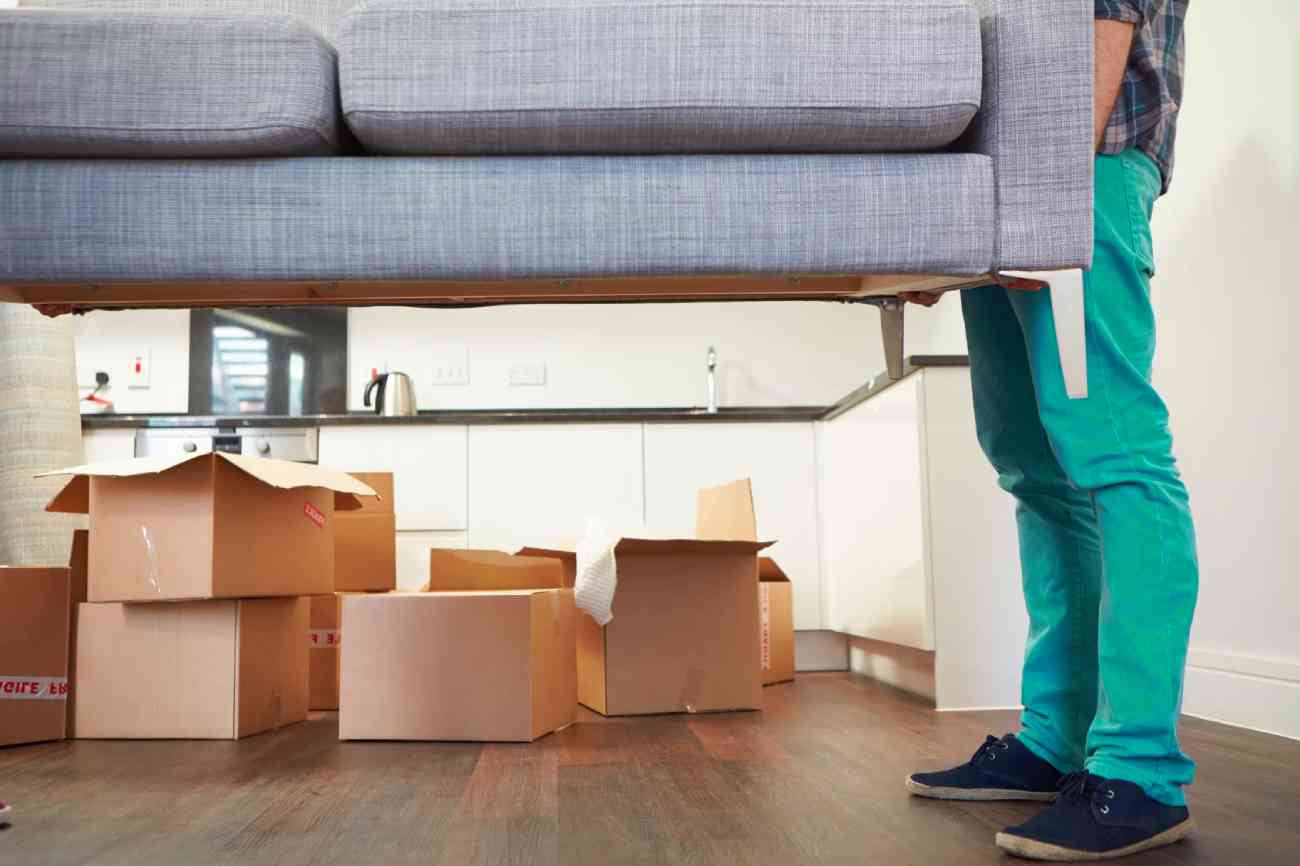How to prepare your furniture for moving
Prepare to load your furniture on moving day
If you have already moved from a rental apartment to another, you could carry a limited amount of things with you, and you already roughly know the packing and transportation routine. But what if you need to transport furniture to another place of residence?
Contents

The algorithm of actions does not change much: you will have to look for special transport or use the moving services https://paramountmoving.ca/moving-services/. When ordering such services, it is worth discussing whether you trust the company's specialists to disassemble furniture, or whether you will do it yourself. In the second case, you will need to figure out how to ensure the safety of items and avoid damage during transportation. By following the list below, you can reduce the stress of planning and prepare to load your furniture on moving day.
Step-by-Step Guide
Make a list
You will need to make a detailed list of all the pieces of furniture you have in your apartment. This will come in handy later, when arranging furniture in its place in a new place.
Assess the condition of the furniture
Check if your furniture is not damaged, if there are any noticeable scratches and flaws, if the fittings are in good condition, and find a way to solve the problem. It is possible that some pieces of furniture will need repair or replacement of parts before moving.
Disassemble Furniture
If possible, break down large items such as a bed, table, or closet into their individual parts. This will make moving easier and reduce the risk of damage.
Tag Components
When disassembling furniture, be sure to label and mark each piece so that you can assemble it later without difficulty. For more complex designs, take photos of the furniture before dismantling it. This will help you properly assemble it after the move.
Protect furniture from damage
Use film or foam plugs to protect vulnerable furniture surfaces from scratches and damage. To wrap mattresses and upholstery, you will need special protective covers or film.
Pack Small Parts
After disassembling the furniture, you will definitely have screws, nuts, fasteners and other fittings. They need to be collected in small bags (zip-lock bags work well) or containers, additionally signed and attached to the appropriate furniture parts.
Fix Doors and Drawers
If possible, secure doors and furniture drawers to prevent them from opening during transport.
Use of soft materials
Fill gaps between pieces of furniture with soft materials such as pillows or blankets to prevent them from moving.
Packing check
Make sure all furniture boxes are securely closed and labeled so you can easily identify the contents of each box.
Film Wrap
If the furniture cannot be disassembled, wrap it with protective plastic wrap to prevent damage during transit.
Summing Up
By following these steps, you can carefully prepare your furniture for your move, minimizing the risk of damage and keeping it in good condition.

